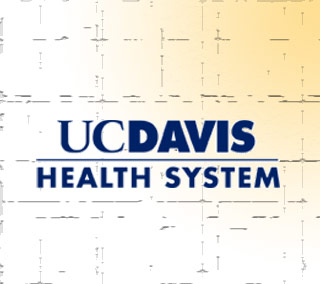
As part of the study, the team pitted the outcomes for 31 patients who received endovascular stent implantation against 32 patients who underwent traditional open-chest surgery between June 2001 and October 2009. Reportedly participants of the study had braced blunt-force injuries to their aortas. It was a result of an array of traumas, counting car or motorcycle crashes, falls or being crushed by heavy objects.
“We are always looking for ways to reduce the impact of surgical treatment for patients, especially in instances where there can be multiple and potentially life-threatening injuries,” remarked Royce Calhoun, a cardiothoracic surgeon and principal investigator of the study. “Our results show that it is possible to use stents to repair thoracic aortic tears due to trauma and improve results at the same time.”
For the uninitiated, stents are known to be slender, small fabric sleeves that retain their shape through an outer mesh. In the course of the procedure, a stent is apparently tucked into a blood vessel via a small incision. This occurs typically in the groin following which it is steered to the injury site. Here it may be triggered to augment against blood vessel walls and patch the injured area. Contrastingly, the conventional surgical method would need long slits down the length of the chest. Sometimes, it may even extend into the abdomen and it generally requires the ribs to be spread or removed while patients must usually be connected to a heart-lung machine.
According to the scientists, patients who were administered stents spent less than half the time in the operating room as compared to those who received open-chest surgery. They also appeared to have required fewer blood transfusions while also experiencing less kidney failure and showing a seemingly lower death rate. The traditional open-chest surgical methods nevertheless were found to remain appropriate in certain instances like when multiple branches of the aorta may be injured along with the aorta.
According to Calhoun, the study indicates potential for the endovascular technique in emerging as the preferred approach for the treatment of aortic tears. Furthermore, stents could be employed as a temporary treatment until a patient’s condition permits a procedure that’s more definitive. Seemingly, follow-up care of the study participants revealed no evidence of problems or issues associated with the stent for those who were still growing physically.
“Patients in the study are doing really well,” added Calhoun, who in 2006 helped launch the UC Davis thoracic endovascular aortic repair program, which combines the institution’s extensive expertise in vascular medicine, surgery, cardiology and trauma care. “We’re very optimistic — even if stents prove in the long-run to be most appropriate only as a temporary fix for aortic tears — that this procedure can save lives.”
For the UC Davis study, the used stents were approved by the U.S. Food and Drug Administration for fixing aneurysms. Presently though, their application in trauma repair is considered off-label usage. Calhoun and his colleagues plan to participate with other select institutions in a large clinical trial that should help evaluate the efficacy of new stent devices which may have been tailored particularly for restoration of the thoracic aorta damage. That data should enable the manufacturer to seek broader FDA approval of the devices.
The scientists were to present their findings at the American Association for Thoracic Surgery Aortic Symposium 2010, April 29-30 in New York City.
